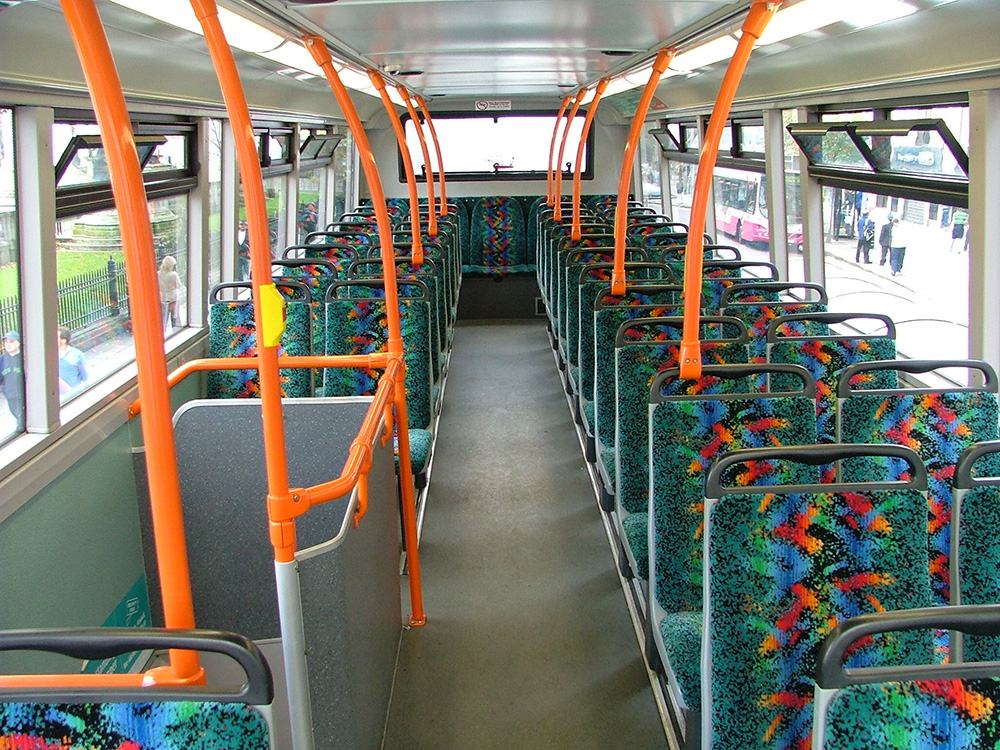The coronavirus has crashed bus ridership by 80 per cent across the Vancouver region. Former riders are fearful of catching the virus from the shared air in enclosed vehicles and the many grab bars touched by many hands. A system worth tens of billions of dollars may, for who knows how many years, fail to be fully utilized and thus not worth the cost.
That's a crisis. The time for a radical rethink is now. How can we revive a system that is currently bleeding cash at a rate of up to three-quarters of a billion dollars a year?
Making transit free for the rider should be a key part of the answer, and here is why.
We’d be emulating lots of places around the world already moving to fare-free transit. Recently Luxembourg, for example. That small country, a bit less populated than Vancouver, keyed off a fact shared by public transit operations around the world. Fares make up an ever smaller share of the overall cost.
Replacing fares with other revenue sources often makes sense for a variety of reasons. Here in the Vancouver region, only 36 per cent of TransLink's annual budget is collected at the fare box. The other 64 per cent comes from various taxes on property, parking, development and gas. The total 2019 budget, all in, for the system is $1.82 billion. The amount of that collected at the fare box is about $660 million.
That $660 million is shrinking as ridership plummets. But raising fares to fill the funding gap simply will drive more people away from transit. We need to attract them, instead, or our road congestion and pollution woes will become intolerable.
Part of attracting users back must include adding health safety features not presently available.
Some bus systems around the world are already installing hand sanitizers on board vehicles and at bus stops. TransLink has taken a first step by installing hand sanitizers at SkyTrain stations.
Other bus systems are exploring ways to replace stale air with fresh air to quickly dissipate airborne droplets. Still others are requiring riders to wear masks to protect other riders.
Taken together these visible changes will go a long way, at low cost, to reassure riders. But a complementary inducement would be free transit passes for every resident.
The goal should be to revive transit ridership numbers in order to bring the system as close as possible to full utility. To sit back and do nothing while a capital asset worth many tens of billions of tax dollars atrophies is unacceptable.
How might we find alternative revenue to offset that lost by cutting fares altogether?
To begin with it is clear that the projections around future ridership which were part of TransLink's ten-year plan are now out the window. Do we really imagine building up to another 60,000 high-end condos along the Broadway corridor in the next decade or two? New luxury housing needed to justify the UBC subway? Do we really think we will be building 30 or 40 high rises in Fleetwood needed to justify the Expo line extension in Surrey?
Very likely, no.
We will be lucky to find the funds to do the most crucial system upgrades needed in phase three of the 10-year plan — also with a price tag in the billions.
The sensible response to our new pandemic reality is to revisit some very expensive projects on the agenda — the projected $8 billion total cost of the UBC subway and the $5 billion cost of the SkyTrain extension to Langley.
If we were to delay those projects indefinitely, bank the money and earn five per cent interest on it, that would generate about $650 million, roughly the amount that used to be gained at the fare box.
Our first priority should be sustaining the vital infrastructure we have in order to recover from the double hit of a public health emergency and its economic devastation. Isn’t that a better plan than building subways under the University Endowment Land nature park and an elevated SkyTrain extension though the Serpentine River Agricultural Reserve and Green Timbers Forest for a future that just vanished?
Fare-free transit. It could be a solution arriving right on time. ![]()
Read more: Transportation, Coronavirus, Municipal Politics
















Tyee Commenting Guidelines
Comments that violate guidelines risk being deleted, and violations may result in a temporary or permanent user ban. Maintain the spirit of good conversation to stay in the discussion.
*Please note The Tyee is not a forum for spreading misinformation about COVID-19, denying its existence or minimizing its risk to public health.
Do:
Do not: